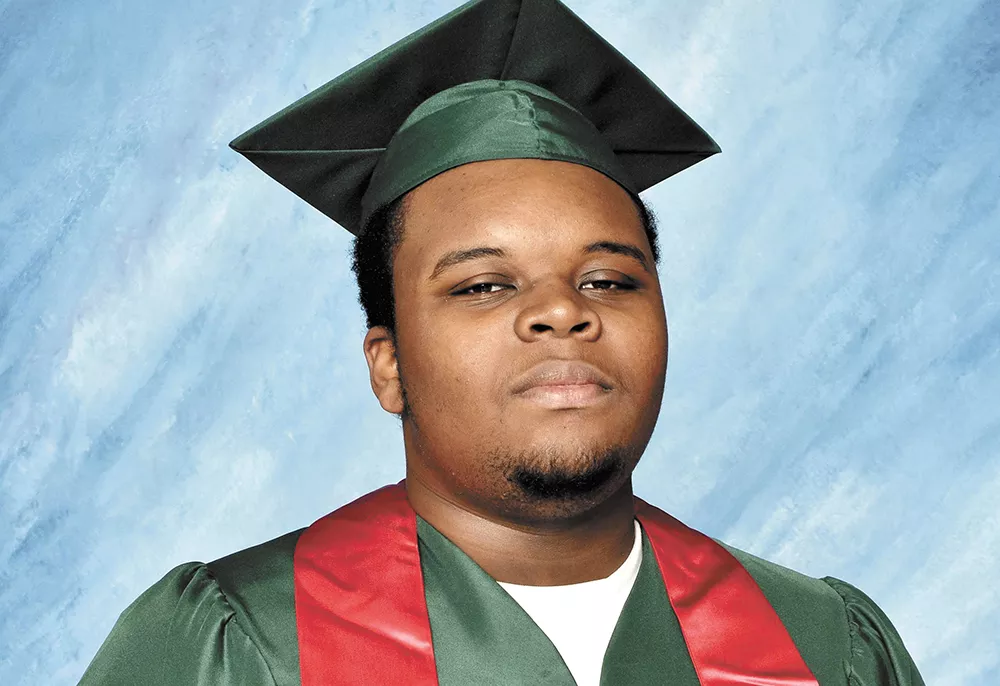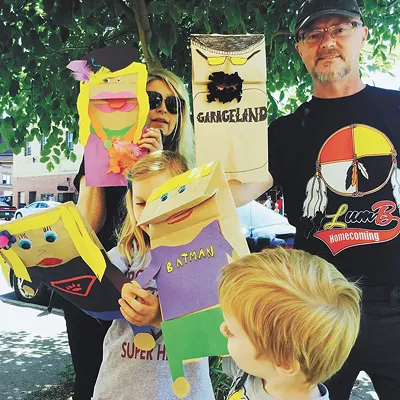
Sharing is everywhere these days. There's even an entire economy of sharing, from renting your house online to rideshare services like Uber.
Make no mistake, sharing isn't only ubiquitous, it's positive. Give unto others. Share the wealth. What could go wrong?
Unfortunately, a lot, at least when it comes to sharing — and quickly spreading — incorrect, false and, in some cases, blatantly defamatory information. But you'd never do that, right?
Maybe you wouldn't intentionally, but it's possible you have, or at least it's very easy to do nowadays. Just hit the ever-present "Share" button on Facebook and you're off.
Case in point: The ongoing smear campaign against Michael Brown, facilitated in large part by Facebook sharing.
NOT-SO-HAPPY ANNIVERSARY
Aug. 9 marked the one-year anniversary of Michael Brown's shooting death in Ferguson, Missouri, by officer Darren Wilson. With the occasion came predictable "Ferguson: One Year Later" coverage by news media, and renewed demonstrations around the "Black Lives Matter" movement that gained significant steam after Brown's death.
One year later, as journalists "analyze" racial progress (or lack thereof) in Ferguson and beyond, and activists continue to put out their message, another group carries on what they've been doing all along: painting Brown as a kind of "thug" or "gangsta," an aggressive bully who was no angel or gentle giant, as his family and some news media have portrayed.
That's not uncommon when these cases of police shootings gain national attention. The smoke has barely cleared from the gun barrel before people on both sides present "proof" (or their interpretation of it) that the officer was or was not justified or the victim somehow deserved what he got.
Look no further than Facebook or any number of Internet sources to see it.
In Brown's case, a video that purports to show him viciously beating and antagonizing an older man and taking a backpack is still making the rounds online at the one-year mark of his death. It's been circulated widely since August 2014, in every case used to suggest that Brown was far from a "gentle giant."
The video came across my Facebook feed (and possibly yours) having been easily shared by a friend who added the sarcastic comment: "Didn't know Michael Brown was such a stand-up guy. Not."
I was immediately skeptical but watched anyway. After the two-minute video, I was relatively sure that the person in question was decidedly not Michael Brown. A quick Google search for "Michael Brown punching video" confirmed that.
The sleuthing website Snopes explains:
"Skin tone is difficult to compare in general (particularly in lower resolution footage), but the person in the 'Mike Brown video' appeared to have a far deeper tone than Brown. As well, the features of the unnamed man in the video (from the brief portions in which his face is visible) look nothing like Brown's, and the person in the video has pierced ears (Brown did not). The footage seen here was originally posted to the Internet back in 2012, when Brown was just 16, under original title 'only in Woodland City.' The video was apparently taken at a large apartment complex in Dallas, Texas (a state in which Mike Brown never lived), called Woodland City Apartments."
BEARING RESPONSIBILITY
There's an old maxim in journalism that immediately came to mind, of which I reminded my friend in a comment on his post: If your mother says she loves you, get a second source.
Journalists by nature are skeptical of information they receive — or they should be. Certainly journalists and news outlets are just as guilty (if not more so) of sharing and spreading incorrect information. Name any breaking news event and you'll have many examples of journalists jumping quickly and breathlessly to share information that later proves wrong.
The problem that all journalists face when inevitable mistakes happen is that the toothpaste is really hard (read: impossible) to put back in the tube. Corrections are necessary, but inevitably far fewer people will see (or care about) the correction than see the original inaccuracy.
In this day, when information is so easily spread, it's incumbent upon everyone — not just journalists — to take responsibility for the information they share. If you see a video shared online that purports to show someone or some event — particularly in big, controversial cases like Michael Brown's — take a moment to think (and do a Google search) before hitting Share or Retweet or forwarding that chain email from your crazy Uncle Larry.
In these cases, it's worth remembering wisdom uttered by our 16th president, Honest Abe Lincoln: "You can't believe everything you see on the Internet."
I saw that quote in a Facebook meme, which I quickly shared. So it must be true. ♦
Scott A. Leadingham is director of education for the Society of Professional Journalists and editor of its magazine, Quill. On Twitter: @scottleadingham.





















